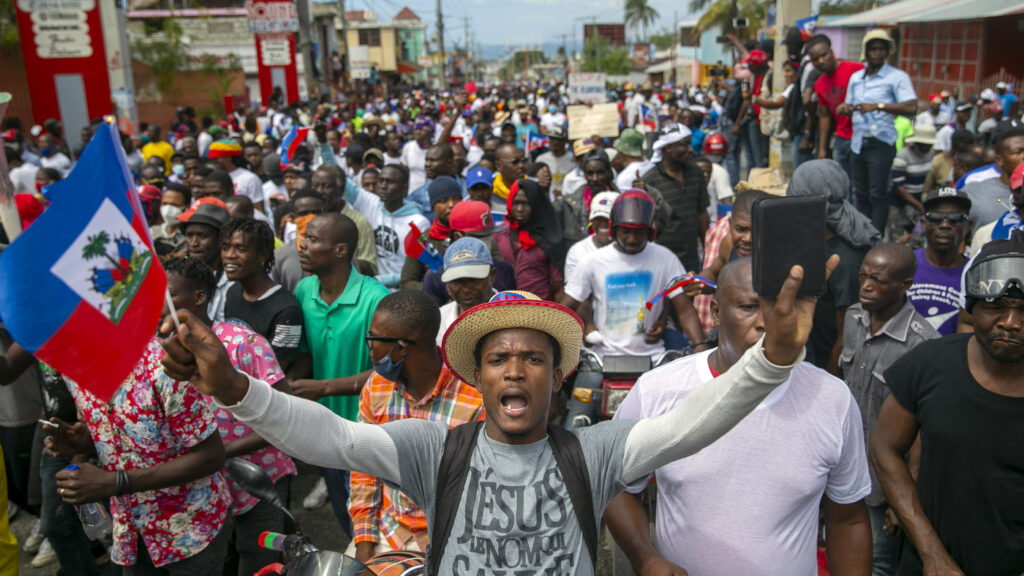|
Getting your Trinity Audio player ready...
|
In the neighborhoods of Solino, Nazon, and Delmas 30 in Port-au-Prince, a slow and painful return has begun. Families who once fled with only the clothes on their backs are cautiously making their way home after months of displacement. What they are finding is heartbreaking: neighborhoods reduced to rubble, homes turned to ashes, and communities that once buzzed with life now standing eerily silent.
These areas were overrun by gangs in late 2024, forcing tens of thousands to abandon their homes. Displacement camps sprouted across the capital, where overcrowding, disease, and hunger made survival difficult. Now, with some gangs pulling back, families see an opportunity to return. Yet police warn that these neighborhoods remain unsafe, with sporadic violence still a constant risk. Humanitarian groups describe the situation as a “double tragedy” people must choose between dangerous ruins or unsafe and unsanitary camps.
For those returning, rebuilding is a daunting task. Schools and businesses are gone, water systems destroyed, and many families lack the resources to reconstruct their homes. International aid groups are calling for urgent investment in reconstruction and social support, but insecurity continues to slow their efforts. The return to Solino and Delmas is symbolic of the Haitian people’s resilience, but also of their abandonment. Without lasting stability, the cycle of displacement and destruction threatens to repeat itself.

